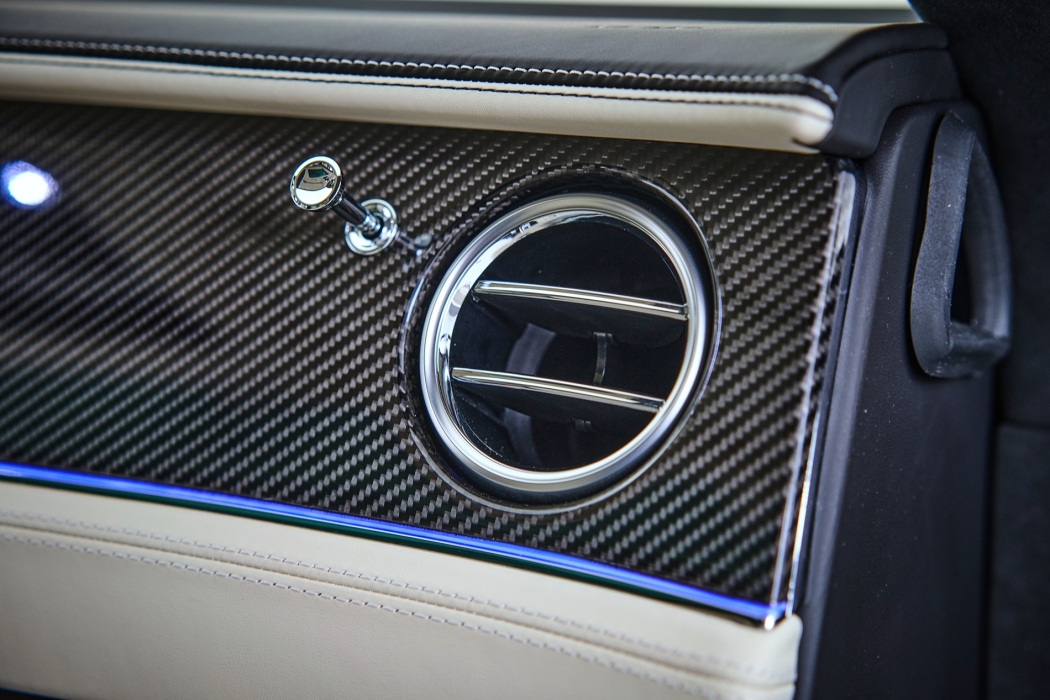When it comes to surface preparation for composite materials, especially those reinforced with carbon or glass fibres, the finishing method you choose can make a big difference.
Unlike dry blasting or sanding, wet blasting uses a mix of water and fine abrasive media. This not only delivers a consistent finish but also helps protect the integrity of the composite structure.
Here’s why wet blasting stands out:
- It’s gentle on fibres – The water cushions the abrasive media, helping avoid fraying or cutting the fibres.
- No heat build-up – Water keeps temperatures low, which is essential when working with resins that can degrade under heat.
- No static build-up – Unlike dry sanding or blasting, wet blasting doesn’t generate static, which helps prevent contamination.
- Highly controlled finish – Wet blasting allows you to control the surface texture, ideal for preparing parts for bonding, painting or coating.
- Reduces risk of delamination – A softer approach means less mechanical stress on the composite layers.
- Cleaner process overall – Water traps dust and debris, keeping both the part and workspace cleaner.
Let’s look at how it compares to other methods:
- Dry blasting: Effective but aggressive – higher risk of fibre damage and heat generation, and it creates dust.
- Hand sanding: Common but inconsistent – hard to control the finish, still produces dust, and can be time-consuming.
- Chemical etching: Cleaner but more hazardous – not always fibre-safe and less control over texture.
- Wet blasting: Controlled, clean, and low-risk – a more balanced solution with better outcomes for high-performance composites.
Whether you're working in aerospace, automotive, or advanced manufacturing, wet blasting is proving to be a reliable way to prep composites without compromising their performance.























